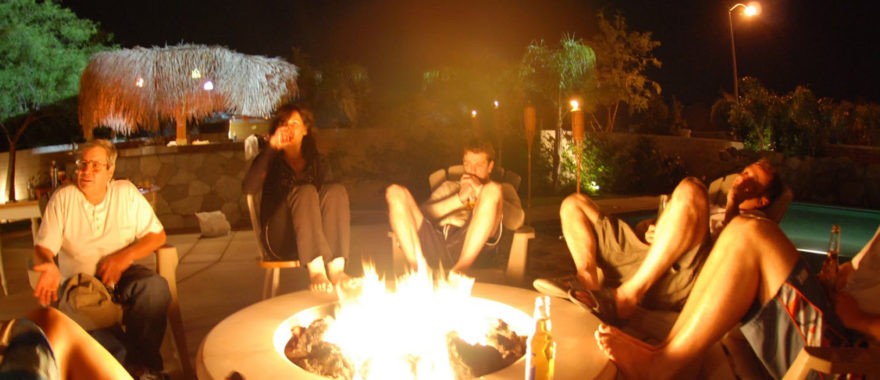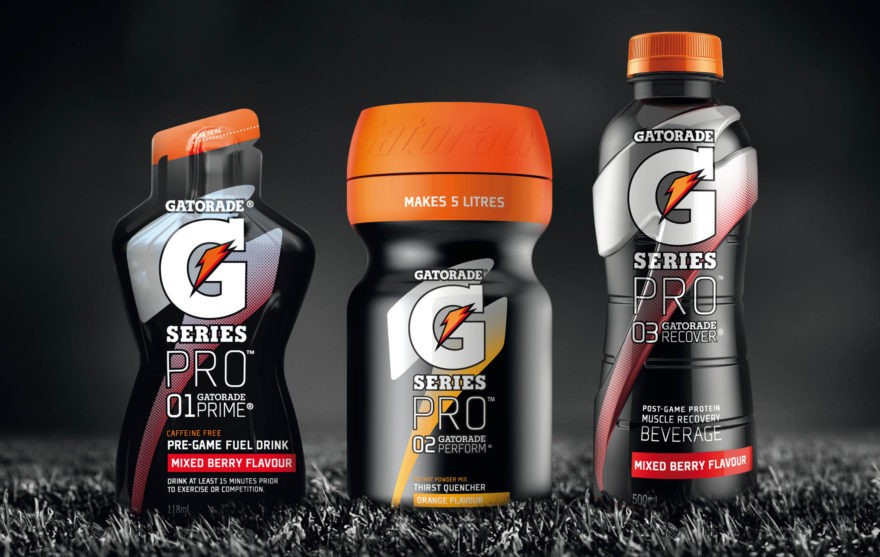This is an updated version of an essay originally written in 2014.
It was first published by Rockport Publishers.

Over the past several years, those of us who work in branding or design have suffered through countless hours of various authorities telling us that we basically were “storytellers.” For the first couple times, I accepted this neologism without much resistance. But as more and more upper-management types used the word, I slowly realized that this was another poorly-considered trope which had entered the profession’s discourse.
Perhaps “storytelling” was used as a way to get various disciplines to see beyond their particular jargon or expertise and unite for the sake of the client’s bigger picture. If so, then this is a noble cause. Strategists easily fall back on entrenched benchmarks and procedures, and designers over-rely on aesthetic standards which are more mythology than observational insight.
But generally, “storytelling” has become another tic which has lost its meaning through over- and inconsiderate use.
One personal storytelling bête noire is Gatorade’s G Series. Gatorade began in 1965 as an attempt at the University of Florida to replenish the nutrients, water, and electrolytes lost in the sweat of student athletes in the hot Florida weather. The university mascot was an alligator, so… Gatorade.
In 1983, the brand was bought by Quaker Oats, which was eventually bought by PepsiCo in 2001. So within the span of 35 years, Gatorade went from being a small-time recipe drunk by a bunch of sweaty Floridian football players, to a global brand consumed in 80 countries.
Over time, Gatorade had gradually added flavors beyond the original lemon-lime or orange. A number of rebranding attempts were made, but they generally were nothing more than naming exercises: Gatorade Fierce became Gatorade Bring It, Gatorade X-Factor became Gatorade Be Tough, et. al.
But in 2011 Gatorade discovered the power of Story. A scenario was described where an athlete prepares, an athlete competes, and then an athlete recovers. And since these were three distinct stages, they needed three distinct and corresponding formulas, all explained via the experts at the Gatorade Sports Science Institute.
Of course, these scientific steps needed to be branded and packaged as a means to educate customers about this major innovation. And therefore instead of developing just one form for all the bottles, they needed three distinct shapes.

This is all well and good, if one is an elite athlete. As a long-time fan of the Tour de France, I’m familiar with how finely-tuned and measured the riders’ nutritional intake is. Absolutely nothing is left to chance. And they are constantly tweaking the percentages of various elements before, during and after each stage.
But there are only so many elite athletes who could properly benefit from such a product. Each year, there are approximately 250,000 high school seniors on basketball teams. Of those, maybe 12,000 receive college scholarships. And from there, maybe 200 are drafted by the NBA. Fifty are signed to a contract. Then only a handful of that 50 earn a starting position.
And the same for less popular sports.
So why all the marketing? I sincerely doubt that if I drank the G Series before, during and after a bike ride through Brooklyn, that I would actually notice much of a difference. And when I look at people much more active than me, like the clients at a local Cross Fit studio, I also see them in the bar next door afterward. They may run faster than me, but they’re not quite elite athletes.
And that’s probably the majority of G Series customers.
So here’s the thing: several agencies and studios gleefully took credit for their part in developing the Gatorade G Series story. But it wasn’t a proper story! It was a process, reframed in slightly finer detail. Nothing more. And a process, by the way, that eventually was replaced with yet another product segmentation story.
In his What The Fuck podcast, comedian Marc Maron has described developing scripts for his television program, Maron, and learning the difference between a story and an event.
Standup comedians, like Maron, build routines out of events. They experience an event, make observations, and then reframe it through their particular comedic style. That may be more than enough to make an hour-long act. But it’s not a story. In a story, characters interact with each other in events. And through that process, the characters somehow learn, transform, grow, get married (comedy) die (tragedy), etc. Or not.
So when seen through that filter, most design and branded things are merely events. And these objects, phenomena and experiences combine to make a character.
Which totally works for me.
For example… Martha Stewart is a brand. She’s the kind of brand where you can look at two variations of a thing — say, dinner plates — and make a distinction between them as to which one is more “Martha.” The secret of Martha Stewart’s success is that everyone knows her taste. You can sleep in a Martha bed, eat a Martha meal and take a Martha bath. And that’s totally different from sleeping in a Calvin bed, eating a Calvin meal and taking a Calvin bath.
This is character. When we watch a film, we learn about characters: their motivations, their point of view, their decision making process. And it’s the confirmation or contradiction of that character which helps make the story,
Apple’s packaging, user experience, product design, innovation… These are all elements of the Apple character. Now if Apple suddenly decides to build their version of Skynet in an attempt to subjugate humanity… Now that’s a story.
And ultimately this may be part of the branding profession’s burden. Branding attempts to build an emotional connection with the audience. But our friends are our friends, because of their character. We love the people we love, because of their character. And the worthwhile stories we tell about people are driven by their character.
One simplistic definition in acting theory is that a scene is an interaction between someone who has something, and someone who wants something. This pretty much describes the dialog between brands and customers. Two characters, in a scene, interacting. Each more likely to be there because of character, and not story.
This is an updated version of an essay originally written in 2014.
It was first published by Rockport Publishers.